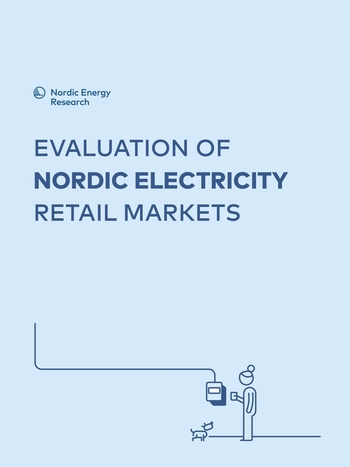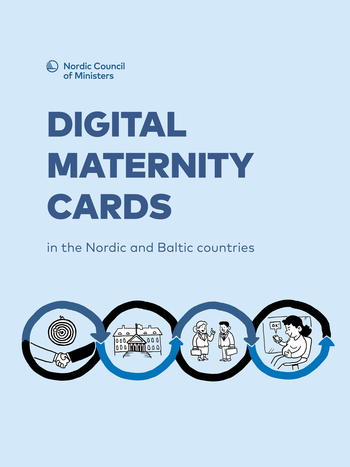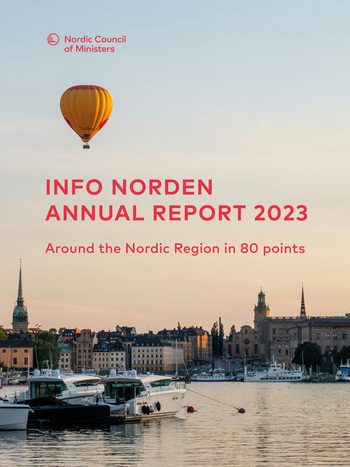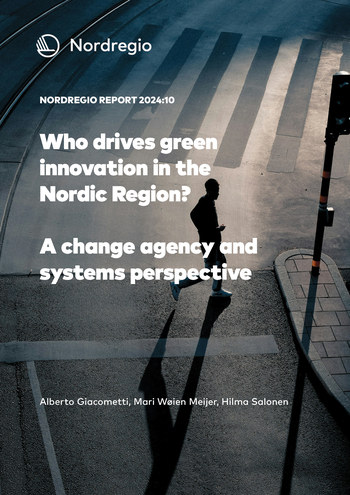Labour Market Mobility in Nordic Welfare States
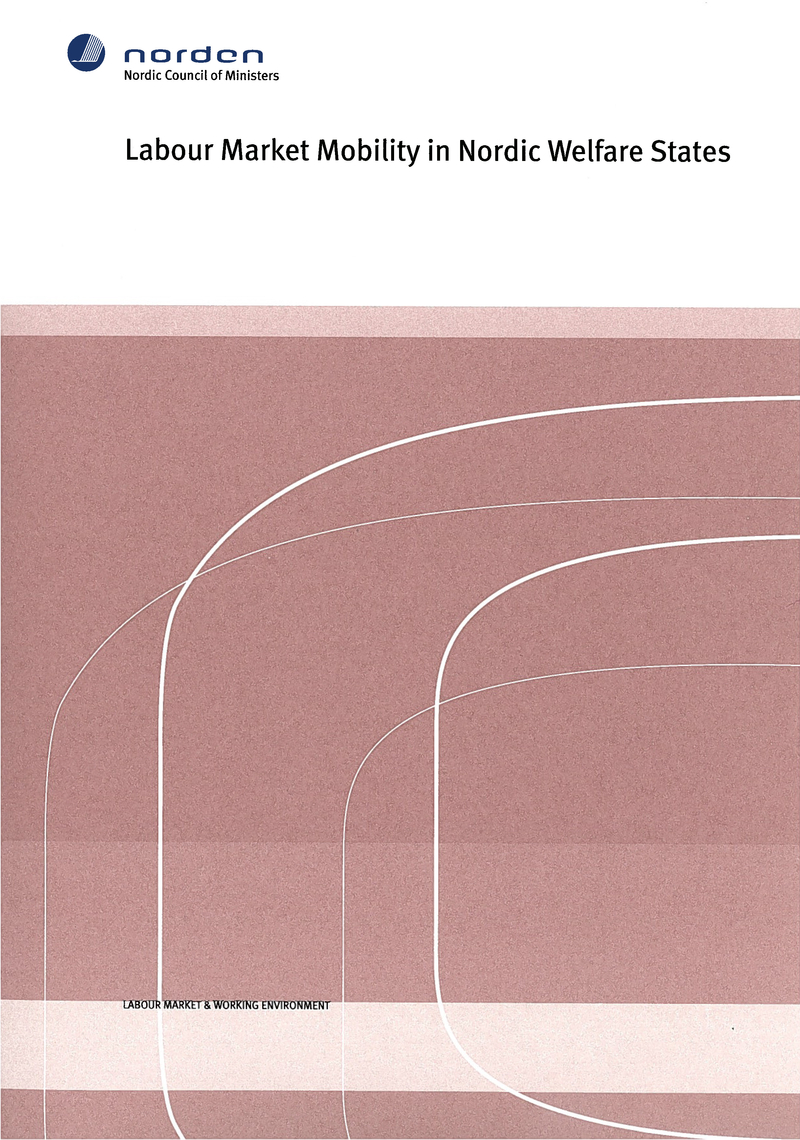
Information
Publish date
Abstract
The report focuses on labour market mobility during the period 2000-2006 in four Nordic countries: Denmark, Finland, Norway and Sweden. The purpose is to study rates and determinants of mobility and how differences in the institutional settings in the four countries affect mobility outcomes. Especially, the institutional mix that is contained in the concept "flexicurity" has been in focus. Mobility types studied are: Transitions between labour market statuses.Transitions into and out of atypical employment.Workplace mobility, occupational mobility and mobility between industries. Data used are the Labour Force Surveys (LFS). Their panel structure has been utilized to measure changes in labour market situation after one year. The main conclusion is that the Danish flexicurity nexus leads to high mobility rates on the labour market. However, the study reveals high levels also in Norway. In general, Finland and Sweden shows lower mobility rates than the two other countries.
Publication number
2010:515
